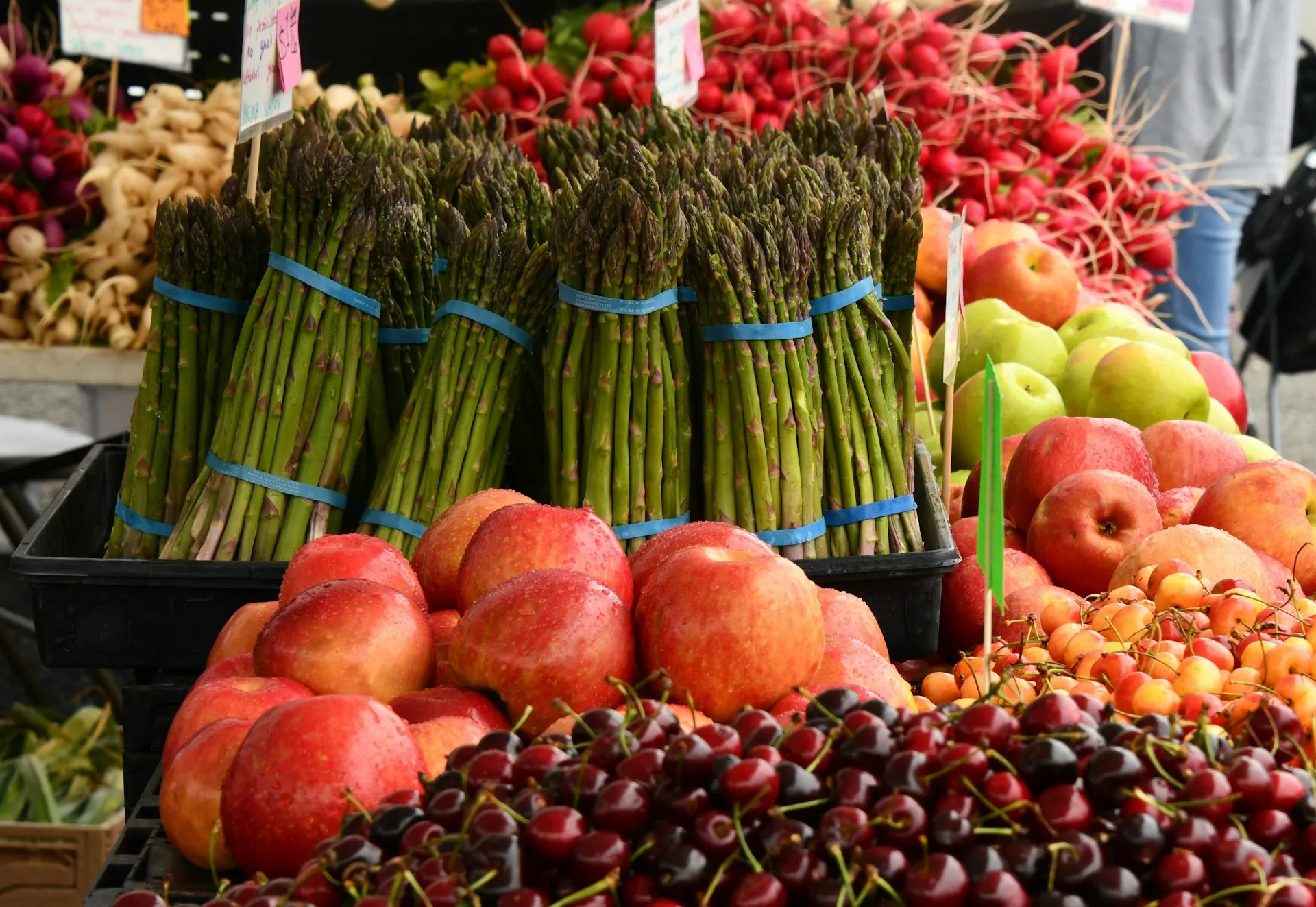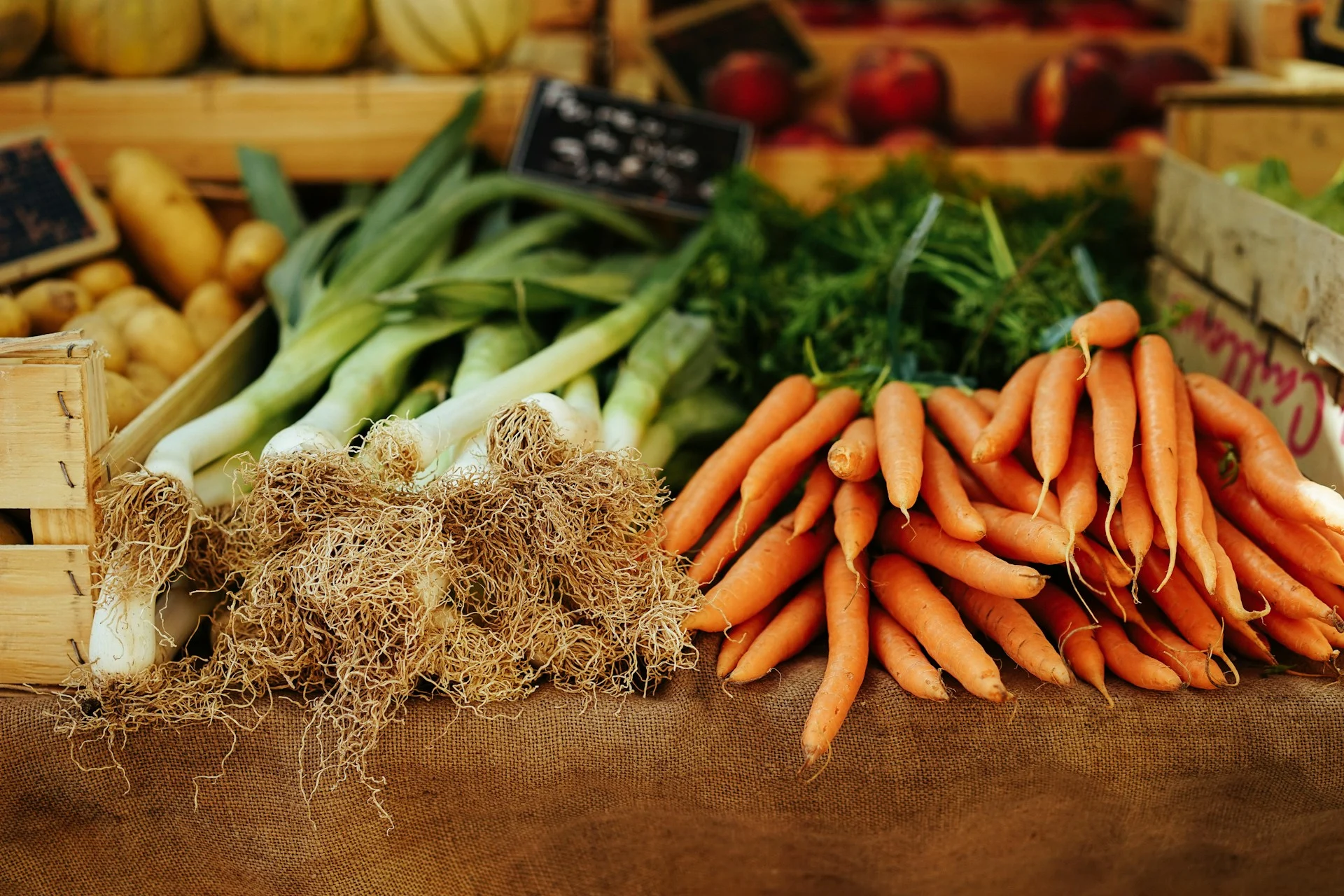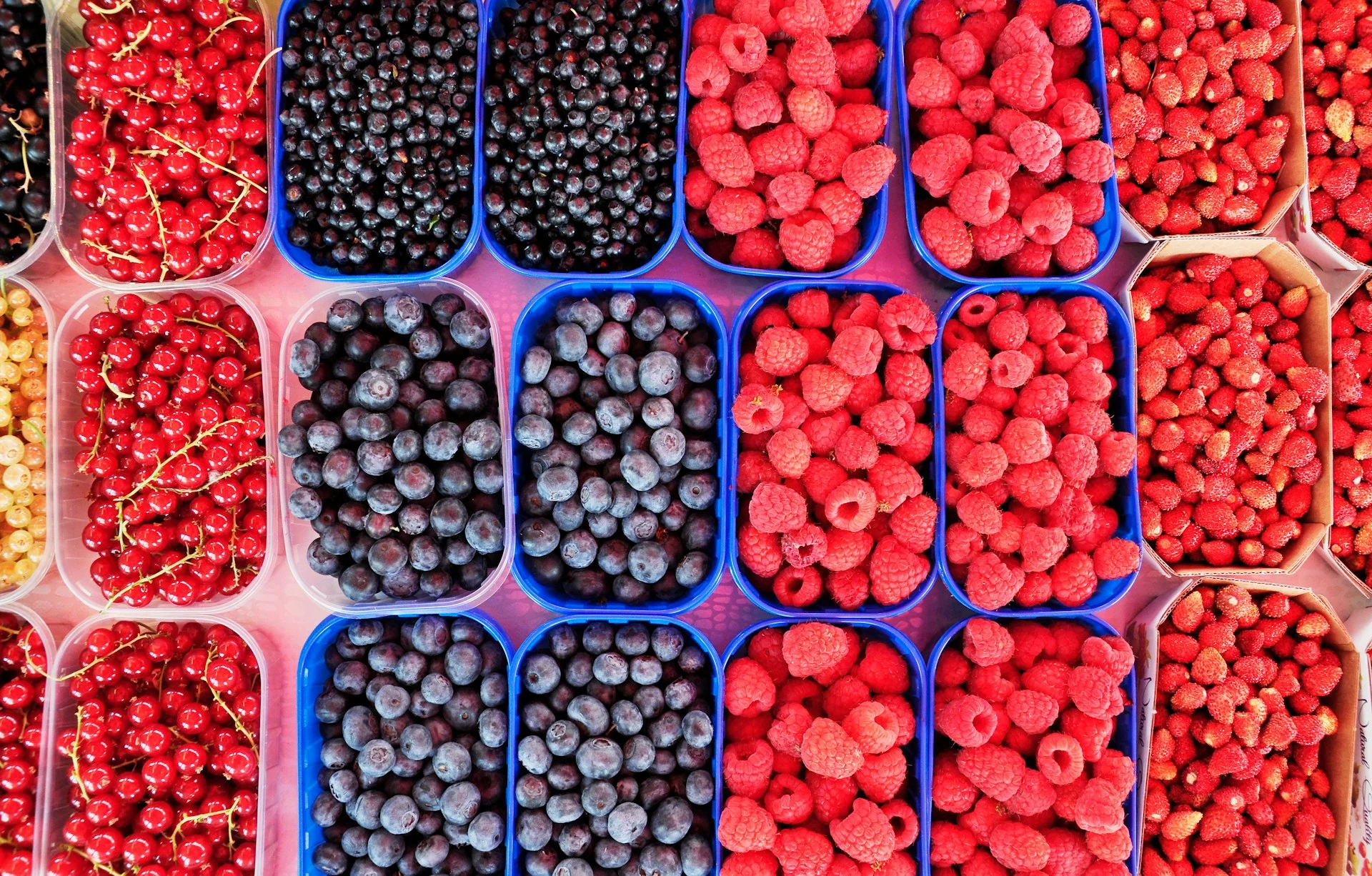The days are growing longer, and spring is coming into bloom with the vibrant colors and scents of seasonal fruits and vegetables. Whether you're a culinary enthusiast or simply love to munch on garden-fresh snacks, spring offers a variety of flavors that can rejuvenate your palate and bring flavorful inspiration to all of your meals. Whether shopping at the farmers’ market or your local grocery store, here are the spring fruits and vegetables to add to your plate.

Photo by Shelley Pauls on Unsplash
Seasonal eating with spring produce
Springtime ushers in a bounty of fresh produce that entices your tastebuds with a variety of flavor-filled fruits, vegetables and fresh herbs. As the temperatures outside begin to climb, embracing seasonal eating celebrates the unique flavors only available after the ground has thawed but before the heat of summer begins.
During spring, gardens of all sizes come alive with fresh growth and new harvest opportunities. While some of the most popular spring fruits and vegetables have short maturation times, others have been growing all winter and are now ready for harvest.
Enjoying spring flavors by embracing seasonal eating allows you to savor locally grown foods at their peak and preserve them when they are most abundant. Choosing to eat with the seasons helps to support local farmers while reducing the environmental impact of long-haul transportation of out-of-season foods.
Spring vegetables
Leafy greens, root vegetables, shoots, stalks, peas, alliums and herbs are all coming into season in the spring. While some of these come into season as winter vegetables, others will be available throughout the summer and into the fall. In spring, the baby versions of summer vegetables will be more tender, with a lighter, more delicate flavor than the more mature versions you can access later in the year.
Leafy greens
Many leafy greens grow quickly and thrive in temperatures that aren’t too hot, making them a cornerstone of spring produce. Vibrant and versatile, leafy greens are perfect for fresh garden salads made from spinach, kale, arugula, chard and multiple varieties of lettuces.
Rhubarb also starts to show up in the spring. It looks similar to chard, and while technically a leafy vegetable, the leaves are toxic. The goodness is all in the stalk, which is often paired with strawberries and used for sweets like strawberry rhubarb jam.

Photo by Peter Wendt on Unsplash
Roots vegetables
Root vegetables are grown year-round, but those available to harvest in early spring tend to be sweeter after going through a frost or two. Parsnips, carrots, beets, turnips and potatoes can all be harvested throughout the spring and will bring a sweet earthiness to your plate. These vegetables are incredibly delicious when oven-roasted to bring out their natural sweetness.
Spring onions
Spring onions are a part of the allium family, but unlike full-grown onions, they only take about eight weeks to mature. Farmers can plant them in the fall or as soon as the ground is workable, so depending on your climate, you could have spring onions ready as early as late April or early May. When cooking with spring onions, the green tops are typically used as a garnish, while the white parts can substitute for regular onions with a milder taste.
Asparagus
The best-tasting asparagus you’ll find all year is in the spring. Tender and mild, with little to no bitterness, fresh asparagus picked in early spring is delicious enough to eat straight from the garden. Grilled, roasted, steamed or raw, you cannot go wrong with spring asparagus.
Peas
Spring is the prime time for peas of all kinds. Snap peas, sweet peas, snow peas and pea shoots grow, producing the sweetest, most tender peas of the year. Some pea varieties are only available in the spring, so now may be your only chance to enjoy them fresh.
Spring fruits
Citrus fruits, berries, stone fruits and avocados are widely available during the spring. Thanks to the extended growing season, many of these fruits are available throughout the year, but they all peak during the spring.
Citrus varieties
At the beginning of this season, many varieties of citrus fruits are still holding on as they peak during late winter and into early spring. There will be an abundance of oranges, limes, lemons, grapefruits, and other less-common varieties, which are perfect for making homemade curds.
Berries
The best strawberries you’ll find all year round are during the mid-to-late months of May and June. Different varieties will peak on a rolling basis as the season progresses, so be on the lookout for strawberries in various shapes and sizes as the weeks go by. Blueberries and raspberries will start to come into the season later in spring but won’t hit their peaks until summer.

Photo by Alex Block on Unsplash
“I look forward to strawberry season all year. When the berries are in season in late spring, they are juicier, sweeter and at their most flavorful. These fresh, in-season strawberries make the very best desserts and cocktails.”
— Susannah Brinkley Henry, Feast + West
Stone fruits
Stone fruits, with a stone-like seed in the middle of their sweet flesh, will flower near the beginning of spring, and some will reach the peak of their season in June. While often thought of as summer fruits, cherries, apricots and some varieties of nectarines will begin to grace market shelves in early June.
Avocado
Often considered a warm-weather fruit, avocados peak in availability during the spring. Due to their abundant availability, you are more likely to find different varieties with slightly different flavors and textures during this time of year.
Seasonal eating in spring
Embracing seasonal eating in spring delights the palate with a burst of fresh flavors and nurtures a connection to nature's cycles. Savoring the abundance of spring fruits and vegetables not only allows you to enjoy the best-tasting options of the season but also contributes to sustainable and locally focused culinary practices. So, let the season guide your plate and relish the joy of spring eating.
Renee N Gardner is the creative mastermind behind Renee Nicole’s Kitchen, a recipe blog based on seasonal ingredients, dedicated to helping home cooks build their kitchen confidence to become home chefs. When Renee isn’t writing, developing recipes or photographing food, you’ll find her in the garden, traveling or enjoying the outdoors with her husband, son and two dogs.
This article originally appeared on Food Drink Life.
